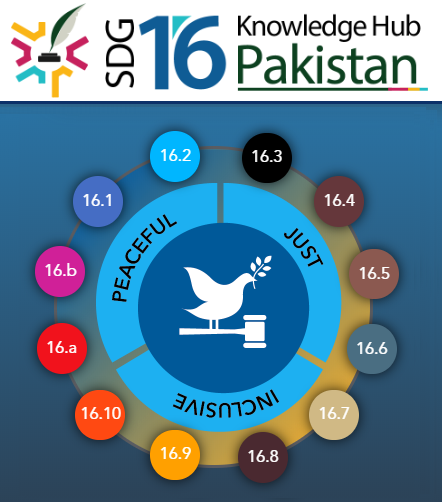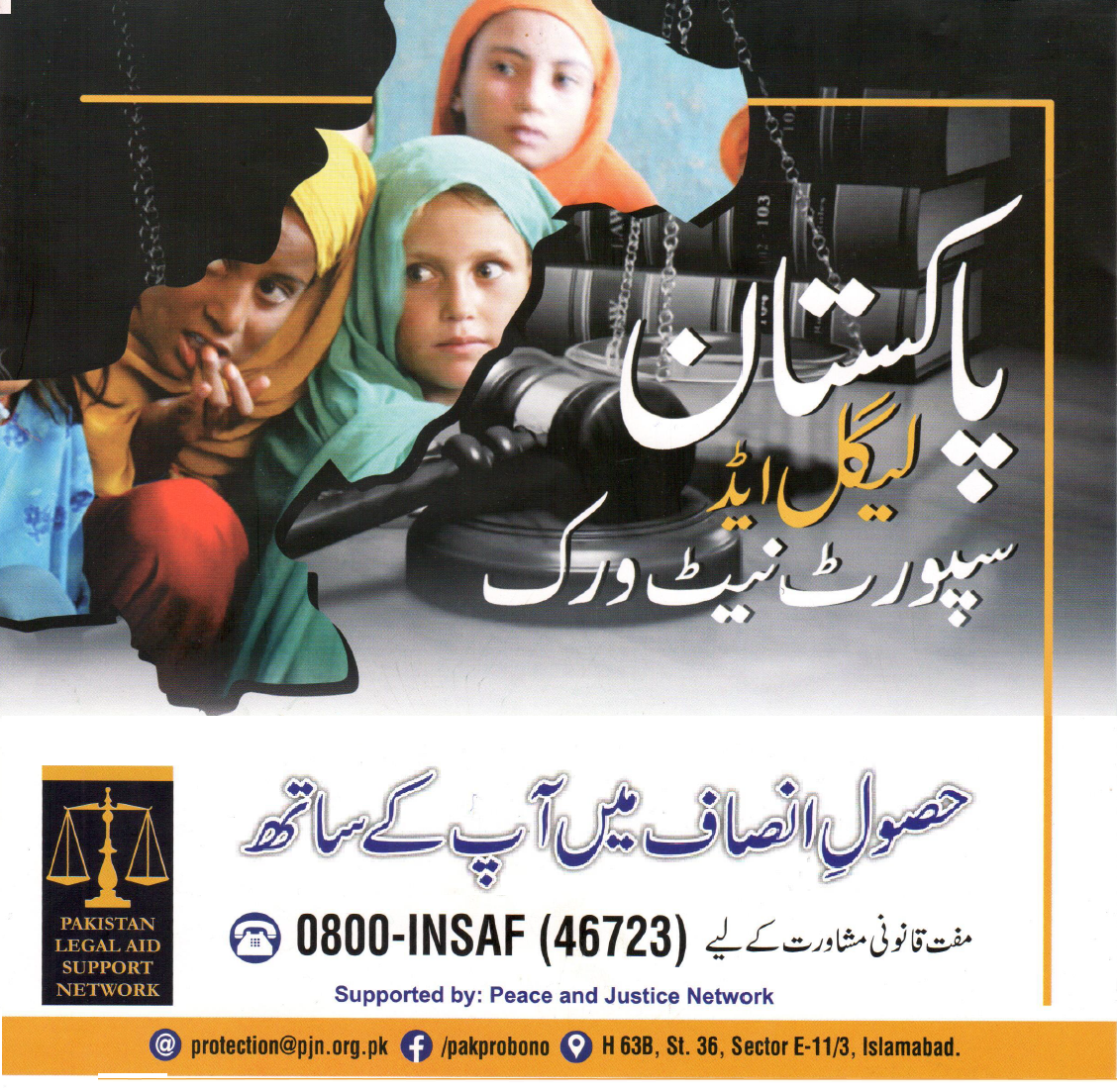

International Day for Judicial Well-being: A Global Call for Action (4 Mar, 2025)
Pakistan Ranks 129 out of 142 in the World Justice Project Rule of Law Index (26 Oct, 2024)
2024 Trafficking in Persons Report: Pakistan (24 June, 2024)
Pakistan ranks second-last in WEF Global Gender Gap Report 2024 (7 Mar, 2025)
A flawed child labour law

Fri, September 09, 2016
WHILE one should have liked to welcome the Punjab government’s efforts to eliminate child labour at brick kilns, its instrument, the Punjab Prohibition of Child Labour at Brick Kilns Act, that a into force the other day, suffers from quite a few serious flaws.
The act replaces the ordinance on the subject promulgated in January this year. Instead of removing the defects in the ordinance, the lawmakers have opted for a more problematic piece of legislation.
As with the ordinance, the new law protects only children between the ages of five and 14. Obviously, the government is still determined to reject its obligation under the Convention on the Rights of the Child to treat all under-18 persons as children. Child rights activists and those who love children in general will never accept this position.
The Punjab Prohibition of Child Labour at Brick Kilns Act ranks as one of the most bizarre laws.
Further, while the ordinance held only the occupier (owner) liable to punishment if a child was found working at a brick kiln, the act makes the parent equally liable. This has been done to appease the brick-kiln owners who maintained that they do not like children to do labour, the sole culprits being the parents. They had also gone on a strike in support of their demand.
This must rank as one of the most bizarre strokes of legislation in the world. It is true that poor parents often put their little children to work and the Punjab Compulsory Primary Education Act also penalises parents who do not send their children to school. But the new act does not distinguish between a school and a brick kiln. The owner of a brick kiln is under no obligation to put a child to labour if his parent so desires. This attempt to minimise the employer’s culpability can only be deplored. In case some poor workers are ready to work for longer hours per week than is stipulated in the law, the employer alone is held responsible and not the workers. Powerful brick-kiln owners could exploit the dual liability rule to oppress hapless workers.
Besides, the new law rolls back to a greater extent than the ordinance had attempted the progress made over the past many years to rid brick-kiln workers of the curse of peshgi (loan against future wages), the foundation of the bonded labour system,.
It may be pertinent to recall that the Supreme Court, in its landmark judgement of 1989, had said that the “peshgi system in future is to be discontinued”. However, it made an exception “in proper cases” and said that “if a valid agreement on this point is reached between a labourer and a brick-kiln owner, the latter shall give to the former an advance loan, which shall not be in any case more than seven days wages”. Parliament went a step further in 1992 when it banned peshgi altogether vide Section 4 (2) of the Bonded Labour System (Abolition) Act.
Although the Bonded Labour System (Abolition) Act, which was adopted by the Punjab government with minor amendments in 2012, overrides all other laws, the provincial ordinance of January 2016 revived the system of peshgi and fixed its limit at “six times the wage of a worker for one wage period, if his wages are time-rated, and earned wages during one month, if his wages are piece-rated”. The difficulty caused by confusion in interpreting this provision has been met by fixing the peshgi limit now at Rs50,000. This amount is much higher than the limit conceded by the Supreme Court “in proper cases”, and could push the debtor into bondage.
Apart from the apparent impossibility of reconciling this retrogressive provision with the bar to peshgi in the Bonded Labour System (Abolition) Act, the lawmakers have ignored the entire debate held during 1988-1992 on the way the peshgi amount had been manipulated for decades to inflate the workers’ liability, and to justify workers’ slave-like status and their sale when the peshgi amount could not be repaid.
The Punjab bureaucracy had been trying for many years to resuscitate the peshgi system through an amendment to the Bonded Labour System (Abolition) Act and that, perhaps, would have been a fair route to take. Failing in that effort it has decided to revive the peshgi system vide a law aimed at banning child labour when the object and theme of the new legislation do not permit such shoddy patchwork. How is peshgi relevant to a measure against child labour?
There are several other problems with the new law. The inspector, whose task should be limited to reporting to the police or other authorities instances of non-compliance by brick-kiln owners, has been given the power to seal a brick kiln for up to seven days for any violation, a power that should be allowed only to judicial tribunals, the deviations permitted in several other areas notwithstanding.
The government may also set up district labour committees for the effective implementation of the law. The lynchpin of the Bonded Labour System (Abolition) Act is the district vigilance committee — and we know how the provincial governments dragged their feet to avoid creating these committees. There is no guarantee that the district labour committees will be created soon. Their task could well be assigned to the vigilance committees.
Public opinion attaches great importance to the project of ending child labour at brick kilns, especially in view of its promise to put all children freed from labour in schools. The government is claiming that thousands of children have already been admitted to schools, and that the scheme of giving each child a stipend of Rs1,000 per month and a compensatory allowance of Rs2,000 per child to the parents is working well. This part of the project demands a fuller discussion. For the moment, it may be sufficient to call for guarantees that all children relieved of labour are indeed attending schools and that the arrangements for offering them proper instruction are adequate at all institutions.
Published in Dawn, September 8th, 2016
Copyright © 2025 pjn.org.pk








